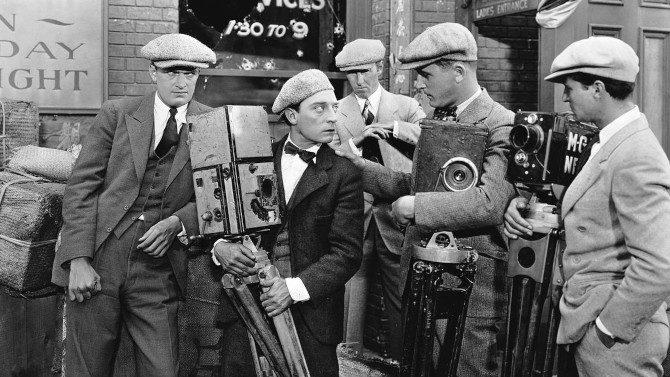
Plights, Camera, Action
Often deemed to be the last classic film made by the great Buster Keaton, The Cameraman (1928) was the final time the silent legend would have anything close to full creative control over one of his own features... as he folded his independent studio to sign with Metro-Goldwyn-Mayer (MGM) – who promptly made him their third highest paid star. Though his future would soon turn very bleak, this first film with the new studio was his own idea.
-
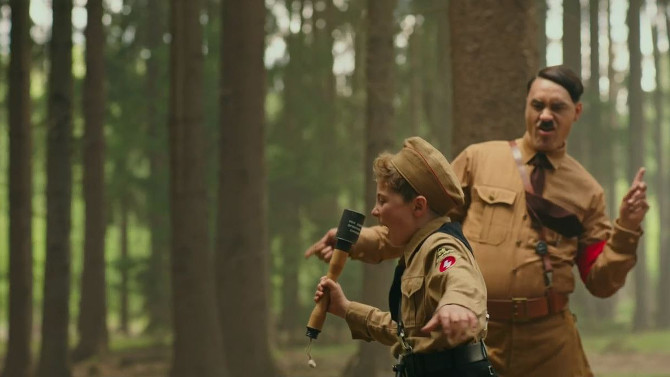
Down the Rabbit Hole
Jojo RabbitNovember 27, 2019If you’ve ever wanted to see a film where a young boy’s imaginary friend just happens to be Adolf Hitler, then 2019's Jojo Rabbit is for you. Based upon Christine Leunens’ novel “Caging Skies”, Taika Waititi (What We Do in the Shadows; Thor: Ragnarok) adapts and directs this unique satire on World War 2 era Germany. Amplifying an already ludicrous Nazi doctrine, Waititi transports us into the world of young Jojo (first time actor Roman Griffin Davis – a terrific find), a slightly mousy boy heading off to Hitler Youth camp. Completely immersed in a society of indoctrination, it is perhaps no surprise that his poor-advice giving imaginary friend is the Führer himself, Adolf Hitler (Taika Waititi) – in many ways, a skewed stand-in for his missing father (who is off somewhere during the war).
-
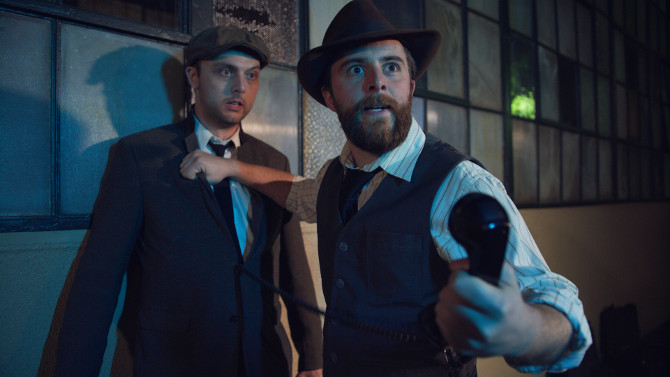
Word Up
Word on the StreetNovember 19, 2019Like some sort of quirky hybrid of a Dr. Seuss story and an Abbott and Costello comedy sketch transported to the dark alleyway of a film noir, 2019's Word on the Street is a five minute foray into the wacky world of English wordplay. Written and directed by Austin Hillebrecht and Sean Parker, the former plays flat cap wearing Bugsy, a low-level ruffian who has heard that the word on the street is “implication”. Meeting up with fellow criminal Rat (Conor Eifler), the fedora wearing fella claims that it is “insinuation”.
-
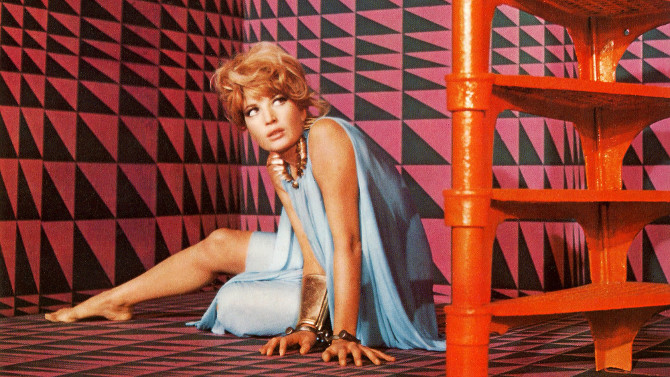
What Could Have Been: Modesty Blaise
August 25, 2019In 1962, one film changed everything. No, not a big budget spectacle, or an Academy Award winner (for those of you interested, the Best Picture was West Side Story), but rather a low budget action B movie, which somehow helped spawn one of the most successful (and longest running) film franchises of all-time. . . you guessed it, Dr. No. Soon, From Russia with Love (1963) and Goldfinger (1964) were released – proving that Dr. No was no anomaly. . . rather, this was an all out craze. And, with millions of cinemagoers flocking to see them, other studios soon sought to capitalize on this unique combination of an action spy picture with cheeky comedy by developing their own Bond knock-offs.
-
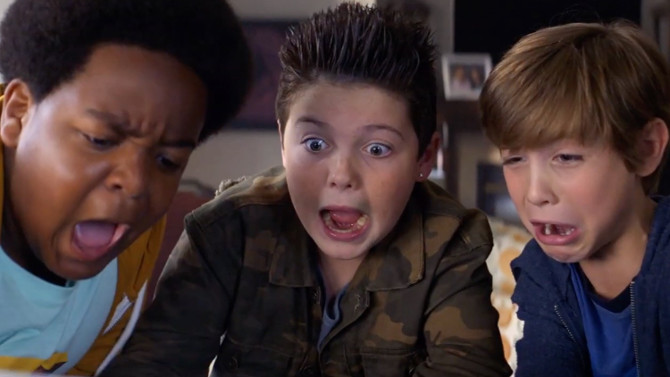
Supergood
Good BoysAugust 18, 2019If, for whatever reason, you are looking for some advice on kissing, then Good Boys, directed by Gene Stupnitsky, is probably not where you should be starting your search. Written by Stupnitsky and Lee Eisenberg, and produced by Seth Rogen, it is like Superbad for tweens. . . instead of a triumvirate of friends looking for alcohol to impress as they head to a party (hoping to finally get laid), this story finds three buddies on a quest to learn how to kiss before going to their first kissing party – they must also try to track down a new drone after destroying one. This is Good Boys narrative in a nutshell.
-
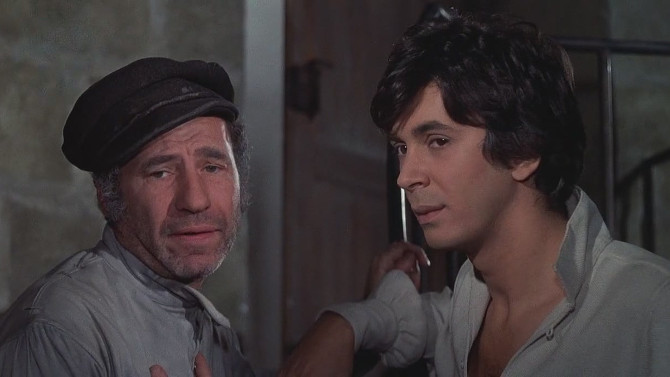
Hope For the Best, Expect the Worst
The Twelve ChairsJune 9, 2019A slick con artist, an unscrupulous priest and a ruined aristocrat walk into a house. . . sounds like a joke; it kind of is – for this is the lead-in to Mel Brooks’ 1970 comedy The Twelve Chairs. Loosely based on the 1928 Russian novel of the same name (written by Ilf and Petrov), this film is arguably the black sheep of Brooks’ filmography, a more artsy piece that is less laugh out loud funny, and instead, more of a thinking man’s funny – for instance, as a character wanders the Soviet streets at the beginning of the film (set in 1927), he passes two different street signs, the original: “Czar Nicholas II Avenue”; the new one, “Marx, Engels, Lenin & Trotsky Street – with a line running through the final name” – if you know your history, Nicholas and his family were executed during the Russian Revolution of 1917, while the name Trotsky has been eliminated, as in the very year this story is set, Joseph Stalin ran him out of the country and into exile – in 1940, Stalin would have him killed in Mexico City by way of an ice axe (I almost had a really good ice pun for this, but it slipped my mind). . . fear not, Brooks works some cheesy humour into the story as well.
-
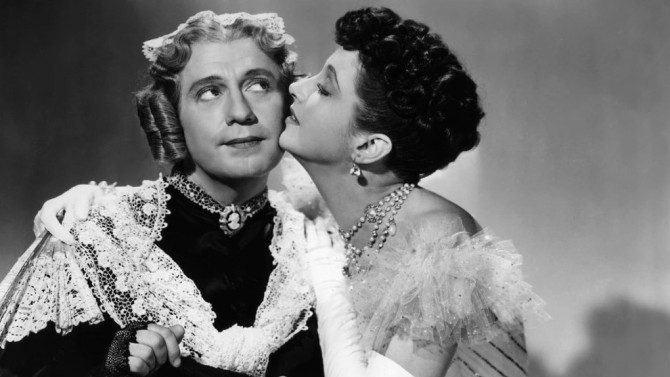
The Bachelorette
Charley's AuntMay 15, 2019Before Kinky Boots, Mrs. Doubtfire, and Tootsie, even before Some Like It Hot, there was the original cross-dressing comedy, 1941's Charley’s Aunt (directed by Archie Mayo). Based upon the famed stage play by Brandon Thomas, this was actually the third filmed version of the farce – and they say Hollywood is remake happy today! No better place to set such a premise than at the stuffiest of Universities, Oxford, the madcap premise is only further exaggerated by its time – 1890's Victorian England.
